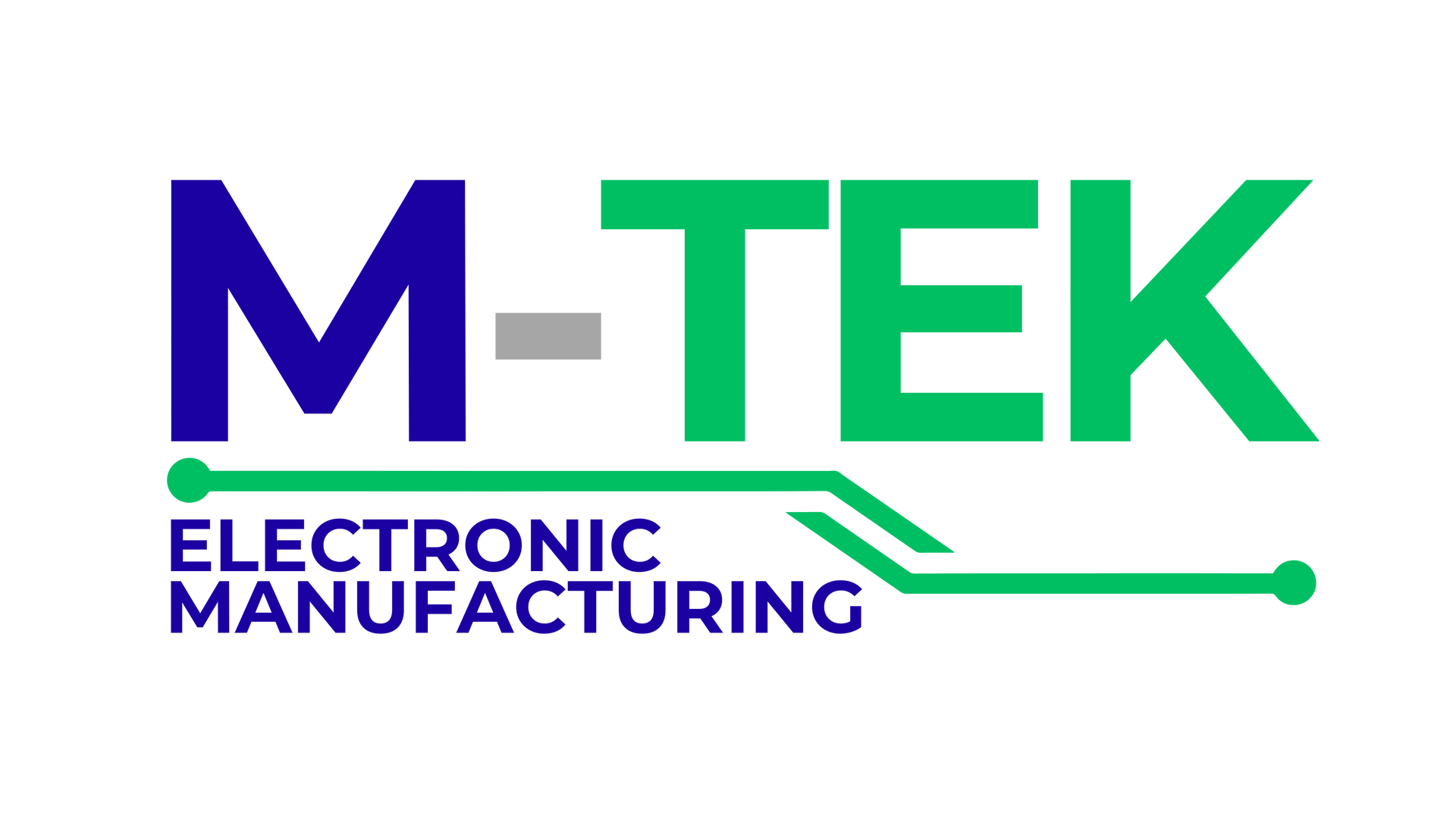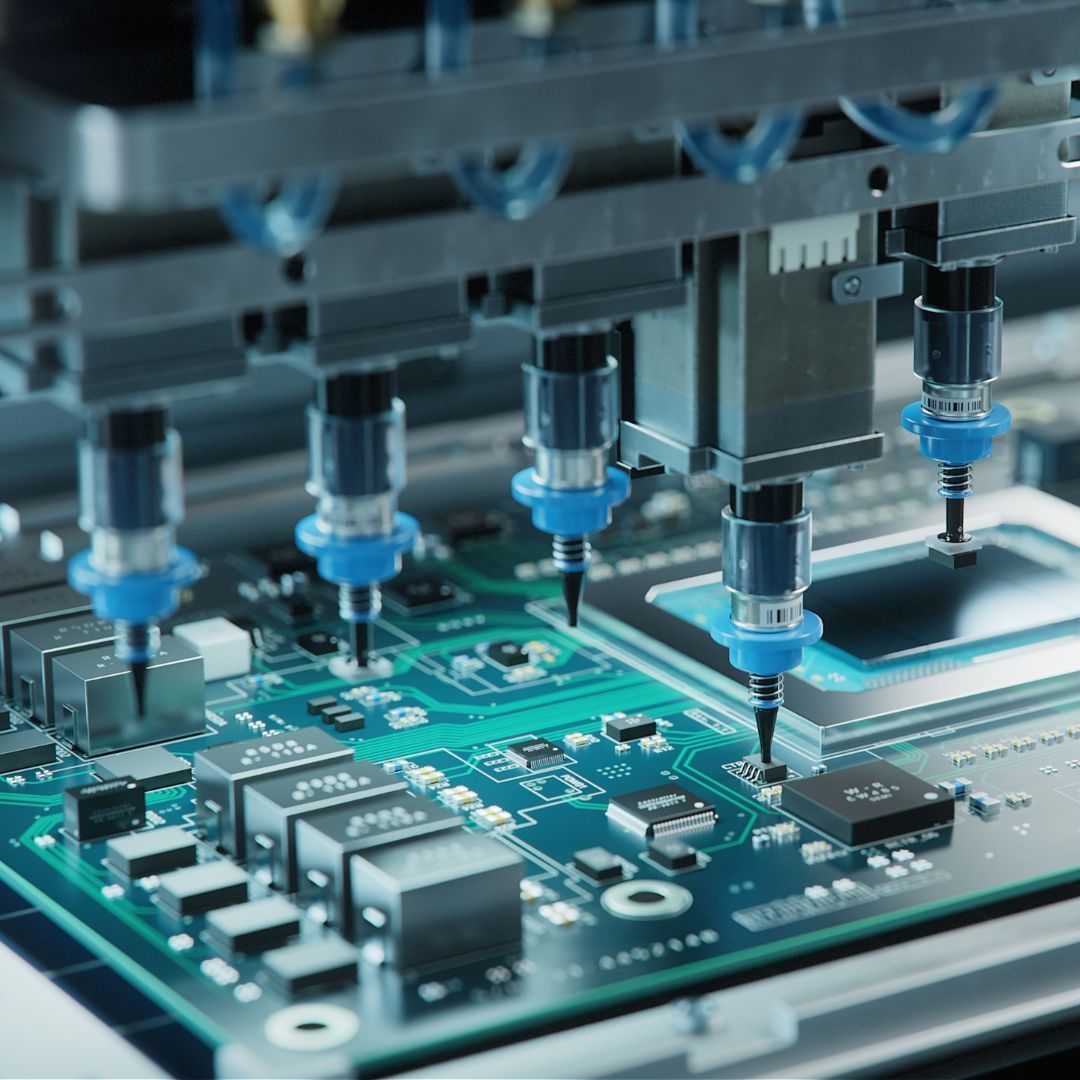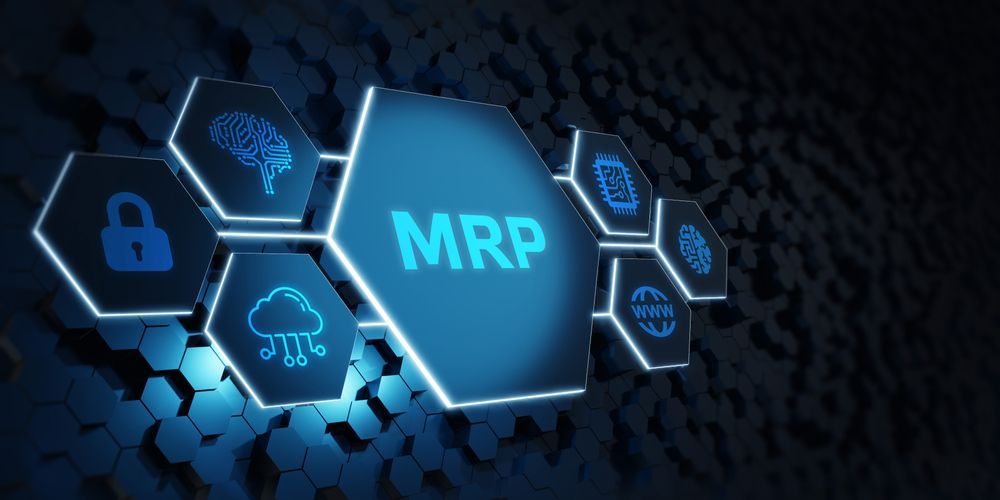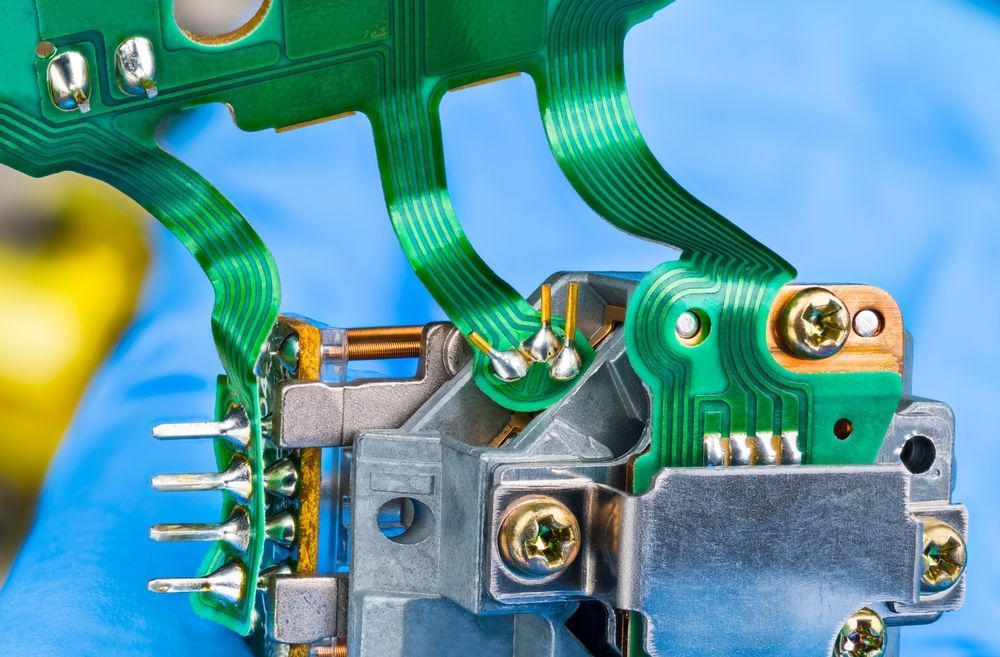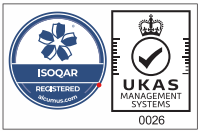Different Types of Surface Mount Technology Inspection
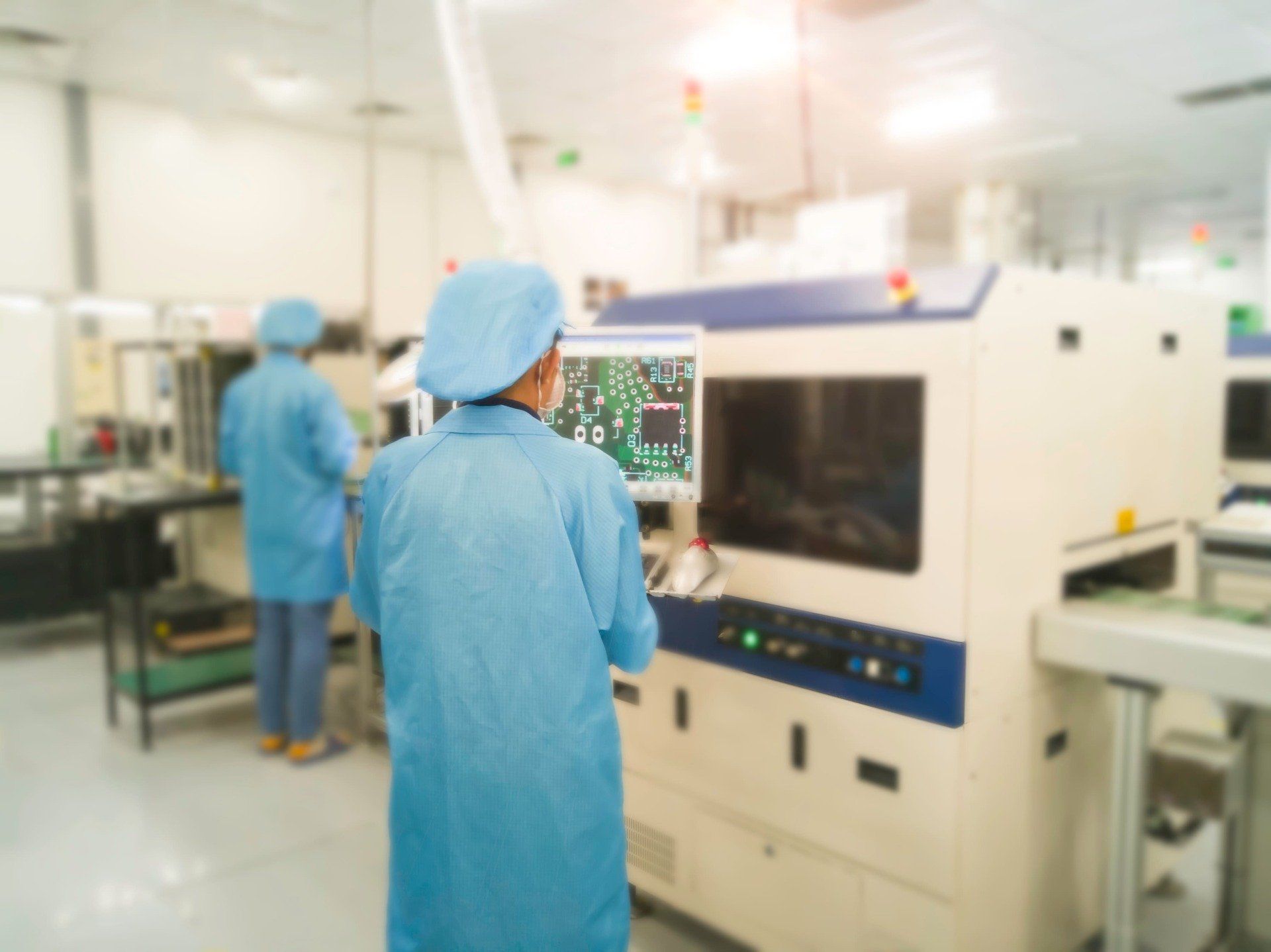
A crucial step in ensuring the quality of the printed circuit board is testing in the surface mount technology manufacturing process. The primary testing techniques include manual visual inspection, flying probe testing, automatic optical testing, X-ray testing, solder paste thickness gauge inspection, and more.
Each process uses distinct inspection methods since each process has different inspection-related elements and characteristics. Find out here about the different types of testing for SMT assembly and why it is important.
Visual Inspection
This inspection type is easy to guess. Otherwise known as Manual Visual Inspection (MVI), this is a cost-effective approach and does not require a testing program development.
In actuality, this inspection technique is entirely dependent on experience, and the standards for specialists are rather high. The current surface mount technology processing production line is infrequently utilised as the primary method for inspecting the welding quality because of the lack of visual inspection; instead, the majority of them are employed for rework.
Automatic Optical Inspection (AOI)
Automatic Optical Inspection, or AOI, is frequently utilised after the visual inspection of surface mount technology. The AOI test uses high-speed and high-speed and high-accuracy optical process technology to reveal any faults. This type of inspection is used on production lines to ensure there are no defects that will cause problems.
The camera efficiently takes images of the targets that are being inspected and compares them to the correct parameters that have been restored in the database. This results in any printed circuit board flaws being identified and automatically flagged during testing.
The benefits of AOI surface mount technology include equipment that is easy to learn and requires simple operational skills.
X-Ray
As there may be various components which cannot be directly seen, testing equipment is required to be X-ray. To produce X-rays for sample penetration imaging, high-energy electrons are emitted from the machine's transmitter. Since each structure in the sample has a distinct density, a different image will be produced when an X-ray passes through various items because of this.
Black and white grayscales differ, which in turn reveals the position and morphology of sample flaws. A non-destructive sample analysis such as an X-ray inspection allows for the possibility of further testing.
For more information on X-Ray inspections,
read our previous blog here.
Why is SMT Testing Important?
Surface mount testing is important to detect any defects or faults in time and replace them before further problems ensue. Without this, the quality of the printed circuit board cannot be guaranteed and in doing so, can lead to expensive fixes in the production line.
In addition, due to the complexity of SMT assembly and the stringent technician requirements, even seasoned technicians run into issues. In these situations, testing is an ideal solution to ensure the appropriate equipment and tools are used. All to make sure there are no issues with the product’s quality. Make sure you use a reputable and reliable SMT assembly company.
M-Tek Assembly Ltd.
At M-Tek, our team creates and manufactures printed circuit boards throughout the UK. We incorporate the latest techniques within the electronic manufacturing process. Our company was founded in 1996 and since then, we have continued to grow and expand our business; investing in the right people, equipment and systems for PCB assembly.
Fill in our online form here for more information on surface mount technology. Or, call us on 01189 455377 and speak to one of our SMT specialists today.
